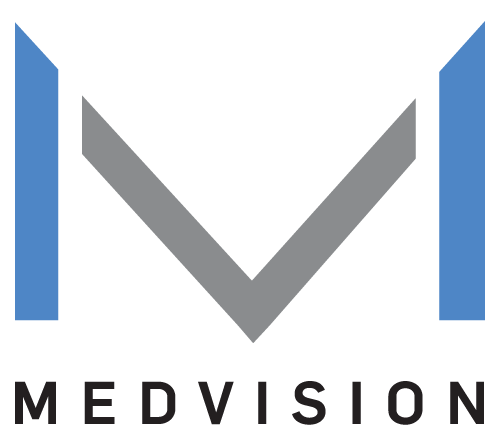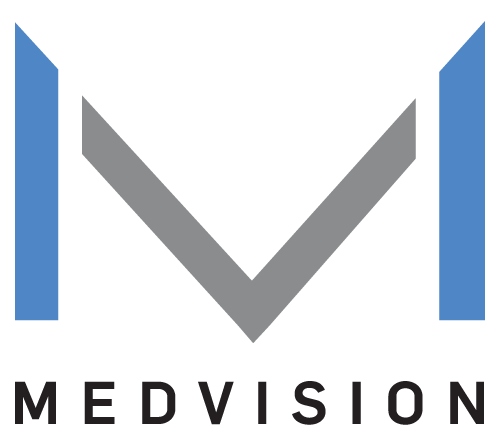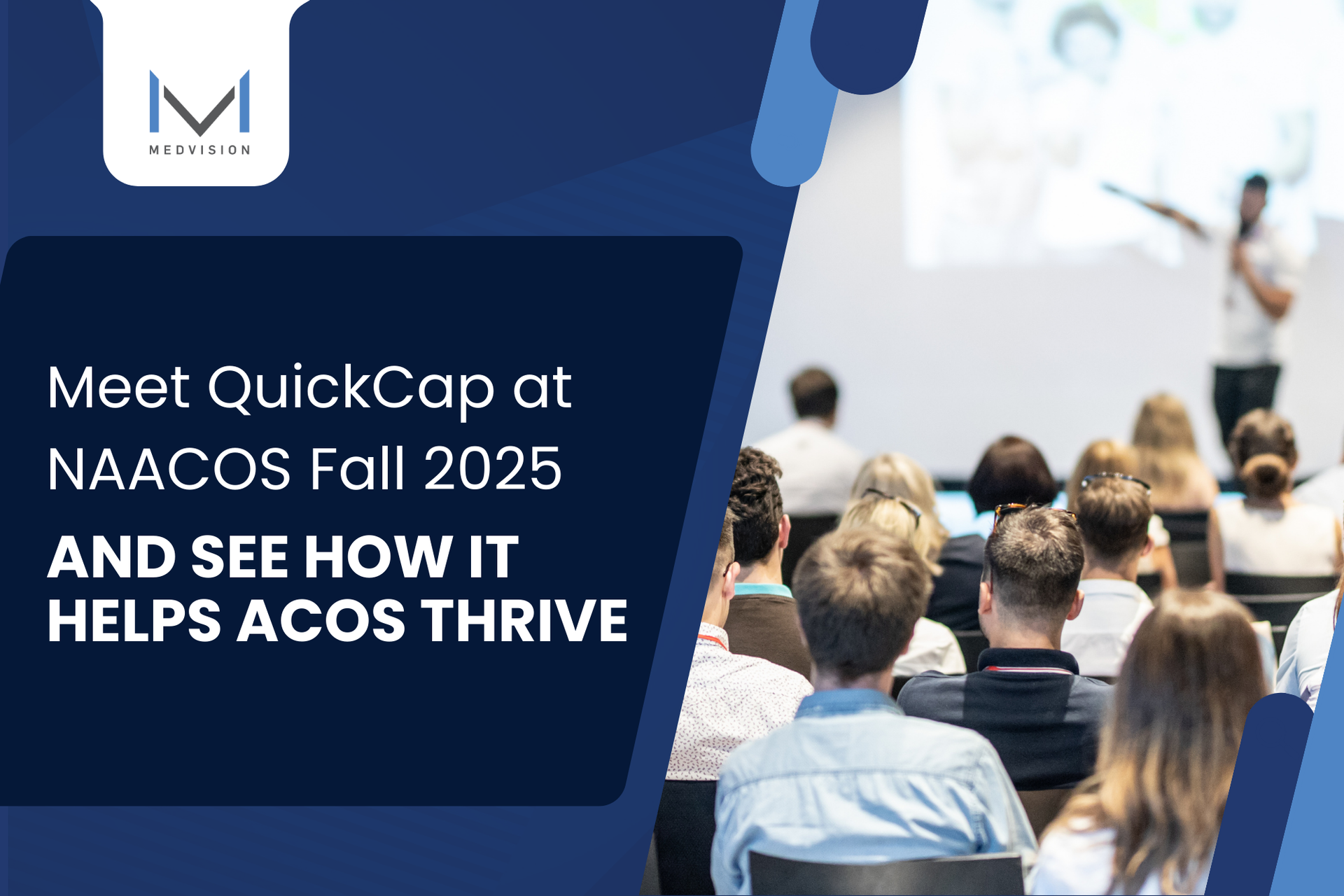How to Ensure a Smooth Value-Based Healthcare Software Implementation
Transitioning to new software disrupts workflows, but forward-thinking leaders find this
a welcomed risk. Embracing this change presents an opportunity for organizations to improve their productivity and profitability, trading the short period of inconvenience for sharper tools to run healthcare processes.
Thinking ahead is the name of the game. Estimating cost, time, and resources make the difference between successful and failed software implementation. Laying the groundwork before each step is essential to ensure a seamless value-based healthcare software implementation.
Implementing a Value-Based Healthcare Software
Adopting new systems is an
organizational adjustment as much as a functional one. It involves a comprehensive approach considering the organization's readiness, patient and provider participation, and effective change management practices.
The process involves three stages: (1)
pre-implementation, (2)
implementation, and (3)
post-implementation. Each stage ensures a smooth transition from start to finish and maximizes the new system's benefits.
At the core of these steps is
training. Assisting staff to learn new systems plays a vital role in the transition, especially when implemented with clear instructions, hands-on practice, and ongoing support. These initiatives enable staff to embrace the changes and deliver value-based care without huge set-backs hindering them.
What is Value-Based Software?
Value-based healthcare software refers to software solutions designed to support and enhance the implementation of in the healthcare industry. The software provides digital tools for population health management, care coordination, EHR logging, and patient engagement.
Value-based software solutions provide robust analytics tools to analyze patient data, identify areas for improvement, and generate performance reports. These insights help healthcare organizations
assess performance and
make data-driven decisions to optimize care delivery.
Read More:
5 Benefits of Value-Based Healthcare
An Administrator’s Role in Change Management
Effective leadership is essential for creating and communicating a clear vision to the organization. Administrators need to articulate the benefits and objectives of the software transition, aligning the team's efforts towards the common goal of providing quality patient care with better infrastructures.
A compelling vision
helps staff and patients embrace the change and overcome reluctance to adopt the new software.
As an administrator, your leadership is critical in facilitating the implementation process and ensuring its success. You must
establish a project management framework, including assigning roles and responsibilities, setting timelines, and monitoring progress.
With your guidance, support, and direction, your team members can ease their way into the software transition, ensuring its smooth adoption and integration into your daily operations.
Read More:
How to Pick the Best Software for a PACE Program?
How to Pave a Successful Software Implementation
Pre-implementation Phase
Scope Out the Project Size
Begin by defining the project scope, including goals, objectives, and the required resources. Take preparatory work into consideration, including system configurations and data migration.
Developing a detailed timeline that includes key milestones, dependencies, and constraints facilitates effective coordination, ensuring proper planning and resource allocation. Attention to such details also allows you to highlight potential challenges before they become significant obstacles.
Organize a Training Program for Staff
Invest in a comprehensive training program to
ensure your staff has all the necessary skills and knowledge to use your new software effectively. Customizing the training program to user groups and their specific roles helps individual staff members master essential software tools, optimizing efficiency and effectively allocating critical skills.
Training should provide clear instructions, hands-on practice, and ongoing support even after the official training period has passed to account for the staff’s adjustment phase.
Implementation Phase
Deploy and Integrate
Once you’ve completed all the preparatory work, including training, it's time to deploy the software into your workflow. This involves the installation and configuration of your new software, as well as migrating data from your previous systems.
While this phase could start rocky, it's crucial to ensure thorough testing and quality assurance procedures are in place to proactively identify and resolve any issues before going live.
Apply and Observe
Encourage employees to use the system in their daily work activities. Monitor and observe the software's performance in real-world scenarios and collect data to assess its effectiveness.
This phase helps you identify issues, evaluate system performance, and make necessary adjustments to optimize functionality. With regular monitoring and assessment, you can ensure the software meets your intended goals and delivers the expected results.
Post- Implementation Phase
Ask for Feedback
Actively seek feedback from staff, providers, stakeholders, and patients throughout and after implementation. User feedback provides valuable insights into the software's effectiveness and identifies areas of improvement.
Encourage an open and transparent feedback culture and promptly address any concerns or issues. Use the feedback to fine-tune the implementation and optimize the software's performance.
Read More:
What to Look for in Population Health Management Software
Glide into the Future of Value-Based Software
Make the transition to your new value-based software effortless with
QuickCap 7
— the powerful solution for accurate and transparent conversion of all your physician and patient data.
QC7 handles everything, from seamlessly transferring your historical data to opening claims and authorizations. We go above and beyond by
effortlessly converting data from multiple systems, guaranteeing you have the functionality and precision your staff requires.
But we don't stop there. We provide
comprehensive training tailored to your internal operations, ensuring your staff is well-versed in all system capabilities. With an advanced portal and EDI services, and embedded workflow, you can streamline operations and eliminate security concerns associated with third-party applications.
Need quick answers or training refreshers? Our
online training videos are available 24/7, empowering your staff to access support anytime, anywhere.
Choose the Easy Switch to Value-Based Solutions with QC7!
References:
Errida A, Lotfi B. The determinants of organizational change management success: Literature review and case study. International Journal of Engineering Business Management. 2021;13. doi:10.1177/18479790211016273
Nink, Marco, and Klaus Welte. “Involving Employees in Change.” Gallup.com, December 6, 2011. https://news.gallup.com/businessjournal/150932/Involving-Employees-Change.aspx.Motwani, Jaideep,
Ram Subramanian, and Pradeep Gopalakrishna. “Critical Factors for Successful ERP Implementation: Exploratory Findings from Four Case Studies.” Computers in Industry 56, no. 6 (August 2005): 529–44. https://doi.org/10.1016/j.compind.2005.02.005.
December 9, 2025
Join MedVision at HICE Annual Conference 2025 to explore QuickCap v7.0 and see how our platform simplifies healthcare administration, and powers value-based care.
November 21, 2025
MedVision partners with HealthCorum to enhance network optimization and drive value-based care, improving outcomes and efficiency across healthcare systems.
October 27, 2025
APG Fall Conference 2025 brings together innovators advancing accountable care. Join MedVision at Booth #203 to explore innovative value-based solutions.














